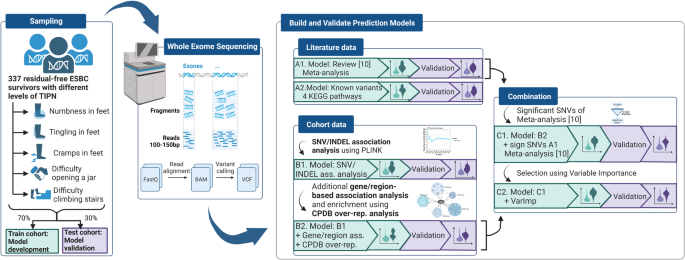2024-07-08 カリフォルニア大学リバーサイド校(UCR)
<関連情報>
- https://news.ucr.edu/articles/2024/07/08/exponentially-increasing-understanding-early-life-earth
- https://www.nature.com/articles/s41579-024-01044-y
地球初期環境と微生物生命の共進化 Co‐evolution of early Earth environments and microbial life
Timothy W. Lyons,Christopher J. Tino,Gregory P. Fournier,Rika E. Anderson,William D. Leavitt,Kurt O. Konhauser & Eva E. Stüeken
Nature Reviews Microbiology Published:29 May 2024
DOI:https://doi.org/10.1038/s41579-024-01044-y

Abstract
Two records of Earth history capture the evolution of life and its co-evolving ecosystems with interpretable fidelity: the geobiological and geochemical traces preserved in rocks and the evolutionary histories captured within genomes. The earliest vestiges of life are recognized mostly in isotopic fingerprints of specific microbial metabolisms, whereas fossils and organic biomarkers become important later. Molecular biology provides lineages that can be overlayed on geologic and geochemical records of evolving life. All these data lie within a framework of biospheric evolution that is primarily characterized by the transition from an oxygen-poor to an oxygen-rich world. In this Review, we explore the history of microbial life on Earth and the degree to which it shaped, and was shaped by, fundamental transitions in the chemical properties of the oceans, continents and atmosphere. We examine the diversity and evolution of early metabolic processes, their couplings with biogeochemical cycles and their links to the oxygenation of the early biosphere. We discuss the distinction between the beginnings of metabolisms and their subsequent proliferation and their capacity to shape surface environments on a planetary scale. The evolution of microbial life and its ecological impacts directly mirror the Earth’s chemical and physical evolution through cause-and-effect relationships.


